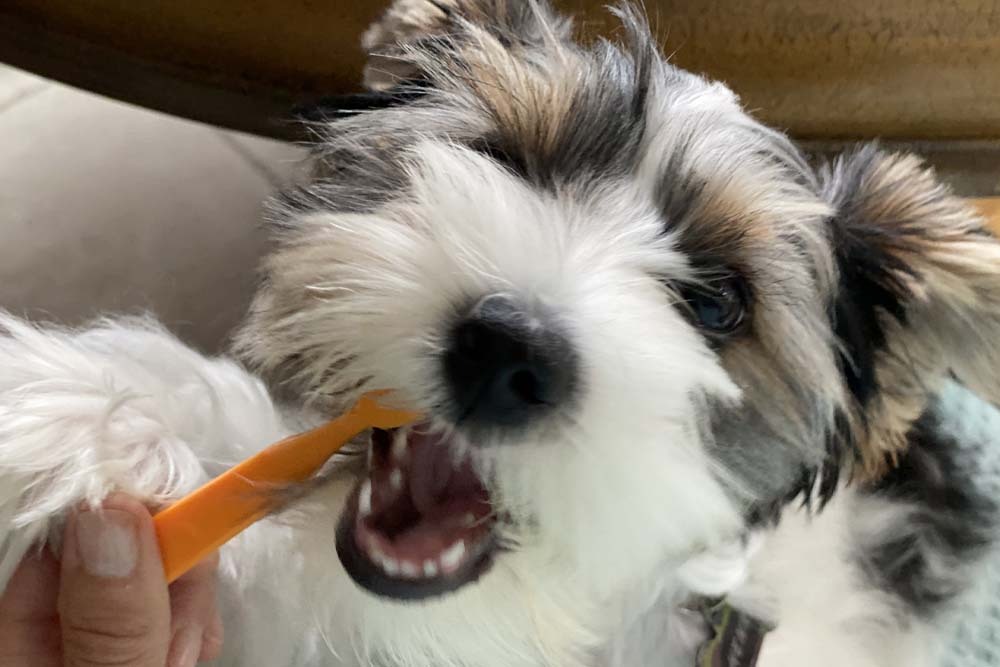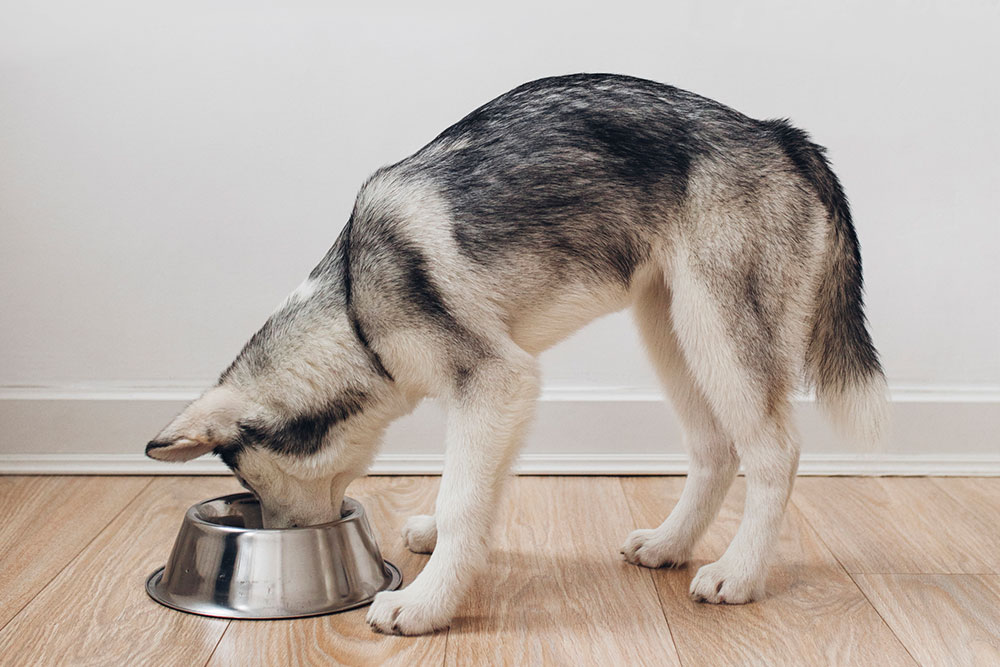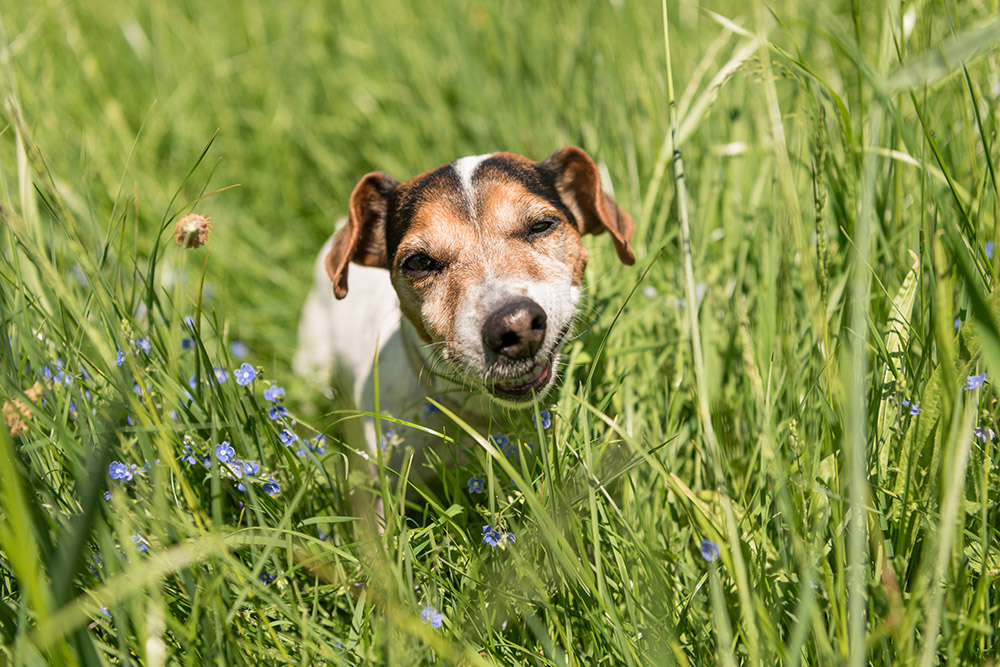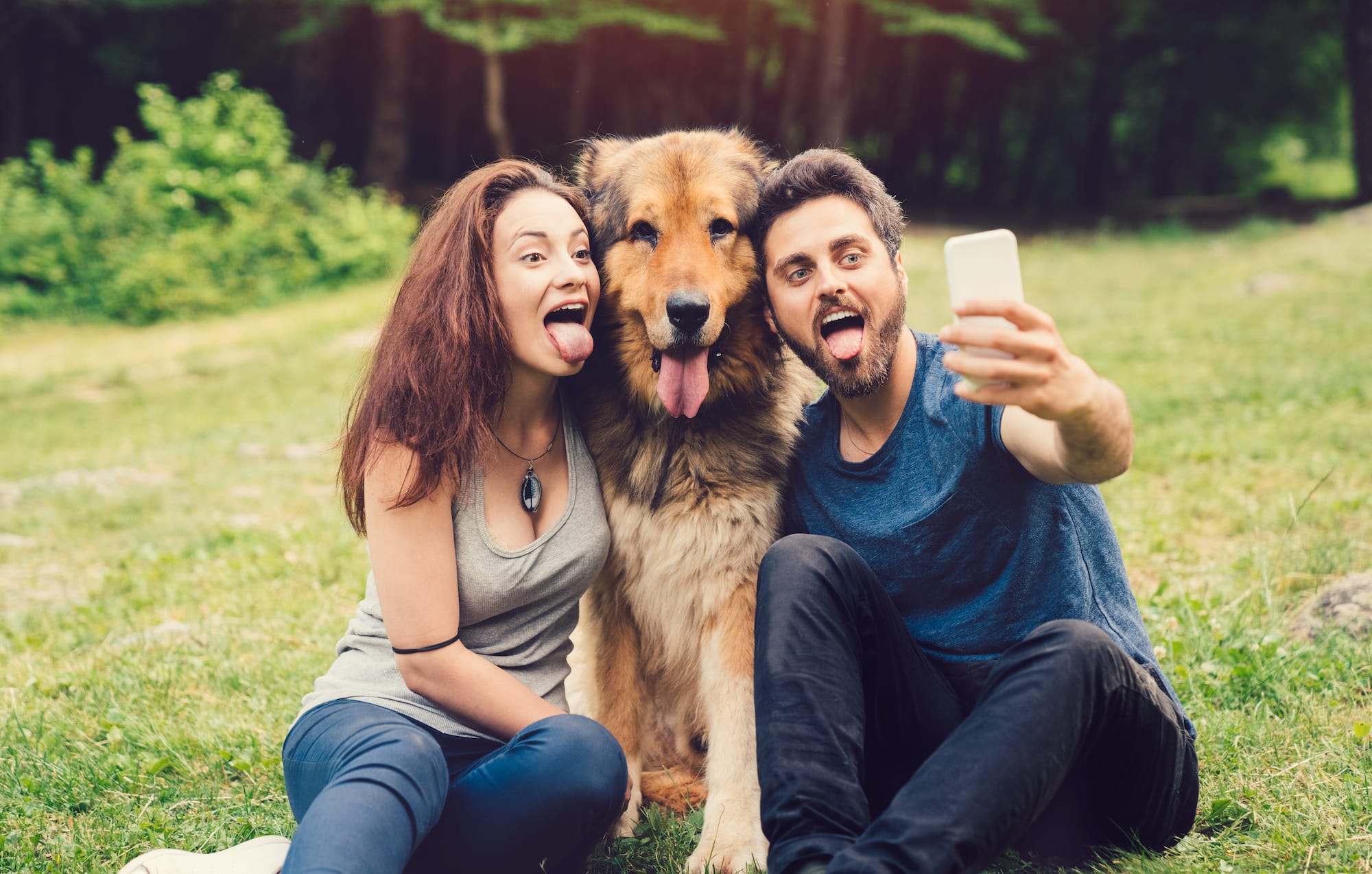Learn : Health & Wellness
Misconceptions about Pet Dental Health
There is a lot of information out there about pet dental care — but not every source shares the same guidance. As a result, several misconceptions have developed, and it can be difficult to identify the truth.
We took a deep look at current literature and the 2019 American Animal Hospital Association (AAHA) Dental Care Guidelines for Dogs and Cats — which was prepared by a Task Force of veterinary and dental health professionals, who collectively used their expertise and current research to inform these guidelines. Using these resources we explored common misconceptions about your pet’s dental care to uncover the facts.
Misconception #1 Dental health isn’t that important for pets
Taking proper care of your pet’s mouth is so important for their health. Dental issues, plague our furry companions and untreated problems can leave your pet in pain, cause infection, and negatively impact their quality of life — making proper dental care essential.
Pets are susceptible to many of the same dental issues as humans: oral lesions and cavities, misaligned teeth and tooth impaction, chipped or cracked teeth, and oral cysts and infections. The most common dental issue among our pets is, however, periodontal disease with at least 80% and 70% of adult dogs and cats suffering from some stage of the disease, respectively. In fact, this is one of the most frequent inflammatory diseases impacting our pets today.
Additionally, there are certain traits that can leave an animal even more susceptible, including:
The best defense against dental problems are regular professional exams and cleanings, performed under anesthesia, supplemented with consistent at-home treatments. Proper oral hygiene for our pets is more than just clean teeth.
What is periodontal disease?
Periodontal disease, or gum disease, results from dental plaque, which contains destructive bacteria, leading to gingivitis, or inflammation and infection of the gums. Minerals in your pet’s saliva also naturally solidify plaque into calculus or tartar, which serves to further irritate your pet’s mouth. The inflammation can eventually progress to periodontitis, resulting in tissue damage and tooth loss. Early stages of periodontal disease can be reversed, however later stages are irreversible.
Periodontal disease can also negatively shift the bacterial species in your pet’s mouth leaving them more susceptible to infection and disease progression. The chronic inflammation has also been linked to several other health repercussions in pets, notably cardiovascular disease.
Misconception #2 Dental issues are visible, white teeth = healthy
Sure pearly white teeth are attractive, and indicate some control over plaque and tartar build-up, but they don’t necessarily indicate a healthy mouth.
Plaque and tartar don't just exist on the surface of the teeth, they can make their way below the gumline, irritating and progressing gum infection.
A recent study confirmed that a visual screening done by a veterinary professional, while a useful diagnostic tool, by no means replaces the necessity of a full examination performed under sedation to identify and fight dental issues. Under anesthesia, the vet can take a closer look at your pet’s gums, and perform x-rays and tests to examine the entirety of your pet’s tooth and root.
Behind your pet’s pearly whites may be unseen inflammation and infection that requires attention. It is for this reason that at-home dental care and awake examinations can only go so far.
Misconception #3 Anesthesia is an unnecessary risk, non-anesthetic dental care is better and safer
Anesthesia is not only important for properly identifying all dental concerns, it is critical to effectively clean, treat, and prevent gum disease. Owners should not fear the use of anesthesia as these procedures are safe, and veterinary professionals will consider your pet’s life stage and medical history.
Anesthesia-free dental procedures cause increased levels of stress for your pet, do not allow for proper monitoring and control of breathing, and overall result in a subpar clean.
To effectively clean your pet’s teeth many instruments and sharp tools are required, and the vet must also clean beneath the gums which is nearly impossible in an awake pet, and in turn can leave both your pet and the operating vet more susceptible to injury. In human dentistry these procedures can occur awake because we follow the appropriate guidance — sit still, open wide, stick out your tongue — try training your pet to do all that.
Using anesthesia additionally helps control for any pain or discomfort the animal may feel if they were to be awake. Not using anesthesia may leave bacteria under the gum line that ultimately causes pain and more serious gum disease for your pet.
While anesthetic procedures will always carry some risk, there are also risks associated with anesthesia-free dentistry in addition to an inferior result — don’t let this misconception get in the way of your pet’s health.
Misconception #4 Dental chews & treats cover my pet’s dental needs
While some dental chews are safe and can help remove plaque and calculus and reduce bad breath, there is so much more going on under the gumline that chews can’t help.
Appropriate chews and treats can serve as a good at-home defense against periodontal disease in between veterinary dental cleanings. Mechanically scraping plaque and tartar from your pet’s teeth with increased chewing. Some are also formulated with chemical additives, like antimicrobials, to further help reduce plaque accumulation and freshen breath. More natural additives have also shown some dental benefits in dogs and cats, and are gaining popularity. Overall however, there is more research in support of the abrasive action of dental chews, as opposed to chemical, for your pet’s oral hygiene.
Are all dental chews safe?
No. There are many products on the market that can be damaging to your pet's teeth and health. Tooth fractures are the most commonly reported dental injury among dogs and cats, that can often be avoided with use of suitable chews and toys.
For example, while evidence does indicate that bones can effectively help clean the surface of your dog’s teeth, they also have increased risk of injury, and are thus generally not advised. However, if you do give your dog a bone make sure it’s raw and never cooked, to avoid splintering.
The AAHA has a guide that can help owners identify dangerous and safe products. Crunchy vegetables and fruits, like carrots, are recommended as safe (and nutritious) dental chews that help (a little) in keeping your dog’s teeth clean.
Are all dental chews effective?
Remember, no dental treat or chew can do all the work, and they aren’t all effective either.
Look for products with the Veterinary Oral Health Council (VOHC) seal of acceptance — which requires standardized product research for claims to be made towards plaque and tartar removal. And remember, many chews and treats have calories, so while they may help clean your pet’s teeth a bit, it’s best not to overdo it.
Misconception #5 Kibble is better for pet teeth than other food
Some kibble diets have received the VOHC seal and have been shown to reduce surface-level plaque and/or tartar build up. These specialty kibbles tend to be larger in size, and thus require increased chewing and tooth contact, with some also containing anticalculus additives.
While there is some evidence that a dry diet is better for cats and dogs' oral health than soft or home-prepared diets, the oral health benefits of a dry diet really comes down to kibble size and texture. Many typical kibbles are smaller and often swallowed whole by your pet, thus not serving to clean their teeth.
So while certain diets may play a role in your pet’s oral hygiene, helping to reduce buildup, many diets, like fresh diets, have yet to be studied as extensively for dental health, so it’s hard to make a fair comparison.
Regardless, appropriate dental health and prevention of periodontal disease extends far beyond what any diet can offer. When selecting a diet for your pet, it is most important to prioritize ingredient quality and available nutrition for your pet’s overall health and longevity.
Misconception #6 Tooth brushing is just for humans
Brushing your pet’s teeth should be part of your at-home dental care routine in between professional cleanings, just as we do as humans. And yes cat owners, this is important for our feline friends too.
Frequent daily brushing, helps remove plaque and tartar build up on your pet’s teeth which minimizes, but doesn’t eliminate, the harmful bacteria in your pets mouth that eventually leads to gum disease. So while this is a critical addition to your pet’s oral hygiene routine, it doesn’t replace the need for anesthetic cleanings.
How do I brush my pet’s teeth?
Brushing your pet’s teeth is certainly easier said than done, especially if you’ve never done it before. Ask your vet for suggestions and check out these tips from the American Veterinary Medical Association (AVMA). Start this regime young, as soon as their adult teeth are in, for the best results and increased comfort with this routine — and don’t forget to give them lots of praise!
If your pet’s mouth is already inflamed, you need to be extra gentle and may see some bleeding of the gums. Be sure to buy pet specific and safe dental care products with the VOHC seal. Many human oral care products contain additives, like xylitol, which are toxic to pets.
Misconception #7 Stinky breath is normal
While your pet’s breath may not ever smell “good”, particularly foul-smelling breath is not normal. Rancid breath can be a flag for several health issues, and is actually one of the first signs of periodontal disease, and may indicate that your pet is experiencing associated oral pain.
Good news is, your pet’s stinky breath can be tamed with regular dental care. Frequent brushing, safe dental chews, and even specialty products like supplements and gels can help control your pet’s breath in between cleanings. Some owners report giving mint in small amounts as helping to freshen their dog’s breath on a particularly bad day.
The bottom line — your pet’s dental needs
While dental issues run rampant in the pet population, they don’t need to, with regular attention these problems can be prevented or treated early. Remember, preventing dental issues and periodontal disease is more than just about your pet’s teeth, it’s about your pet’s overall happiness, health and wellbeing. Regular dental care is critical for your pet’s quality of life.
Make a plan with your vet
Dental care should be something you regularly discuss with your pet’s veterinarian.
As a puppy or kitten, your veterinarian should perform visual exams of your pet's teeth and monitor permanent tooth eruption to identify any concerns with their alignment, jaw structure, and bite.
Your pet’s first anesthetic dental procedure should occur by the time they’re 1 - 2 years of age, and from there your vet can recommend a cleaning schedule that is appropriate for your pet. Most guidelines recommend professional cleanings annually, however depending on your pet’s dental condition and risk your vet may shorten or lengthen this timeline.
Keep it up at home
Preventative at-home dental care should begin after your pet’s permanent teeth have arrived, and include regular brushing and appropriate use of VOHC approved dental chews and treats. Starting preventative care young is one of the best ways to fight against the natural aging of the oral cavity.



 Canine Weight Loss — to Diet or Exercise?
Canine Weight Loss — to Diet or Exercise?
 Heart Healthy Dog Food (For Heart Issues)
Heart Healthy Dog Food (For Heart Issues)
 Why Do Dogs Eat Grass?
Why Do Dogs Eat Grass?
 Consistency in Pet Parent Behavior
Consistency in Pet Parent Behavior
 What's A Healthy Weight For My Dog?
What's A Healthy Weight For My Dog?